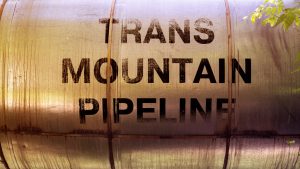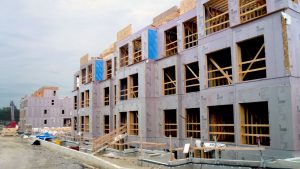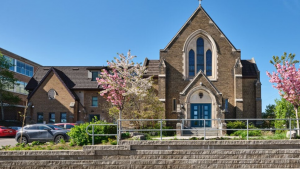OTTAWA — The second instalment of Infrastructure Canada’s inventory of the nation’s infrastructure assets, analyzing culture, social housing, recreation and sports facilities, has found that only five per cent of Canada’s social and affordable housing was built since the year 2000.
The survey, conducted by Statistics Canada, was released earlier this month. The inventory was mandated in the federal government’s 2016 budget. The first data package, covering roads and bridges, was released Aug. 24. The survey represents an inventory of assets as the stock stood in 2016.
The overall intent, said an Infrastructure Canada spokesperson, was to enable governments to make better evidence-based decisions on infrastructure procurement.
Almost three-quarters (74.2 per cent) of the 39,097 public social and affordable housing structures were constructed from 1970 to 1999, while 19 per cent were built from 1940 to 1969. Since 2000, 5.2 per cent of social and affordable housing structures have been constructed, said the StatsCan release.
Canada had 5,400 ice arenas and over 4,700 pools and splash pads in 2016. There were also nearly 4,400 arts and culture facilities and about 30,000 other facilities, consisting of sports fields, community centres, tennis courts, skate parks, curling rinks and stadiums.
Municipalities own more than 98 per cent of these publicly owned culture, recreation and sport facilities. The survey noted 25.1 per cent of the public organizations owning culture, recreation and sports facilities had an asset management plan in 2016. Almost two-fifths (38.8 per cent) of those without a plan in 2016 anticipated implementing one within four years, the release indicated.
Canada had 4,412 publicly owned arts and culture facilities in 2016. These consisted of 2,182 libraries, 1,022 museums and archives, 884 presentation and performance spaces and 324 galleries.
Almost two-fifths of presentation and performance spaces (38.3 per cent) and galleries (38 per cent) have been constructed since 2000, compared with 33.8 per cent of libraries and 16.8 per cent of museums and archives.
Owners of the facilities were asked to rate the overall physical condition of their culture, recreation and sports facilities using the following condition rating scale: very poor, poor, fair, good and very good. Over three-fifths of every type of arts and culture facility were said to be in good or very good physical condition.
Of arts and culture facilities built by 2016, libraries (46 years) and presentation and performance spaces (41 years) had the longest average expected useful life among publicly owned facilities. Galleries were expected to last for 34 years on average and museums and archives for 16 years.
In 2016, almost two-thirds (65.6 per cent) of publicly owned ice arenas were outdoor facilities, while 27.7 per cent were indoor single-pad ice arenas. Indoor ice arenas with more than one pad accounted for the remainder.
Nearly three-fifths (56.5 per cent) of outdoor ice arenas were constructed since 2000, while most indoor single-pad ice arenas (85.1 per cent) were built before 2000.











Recent Comments
comments for this post are closed